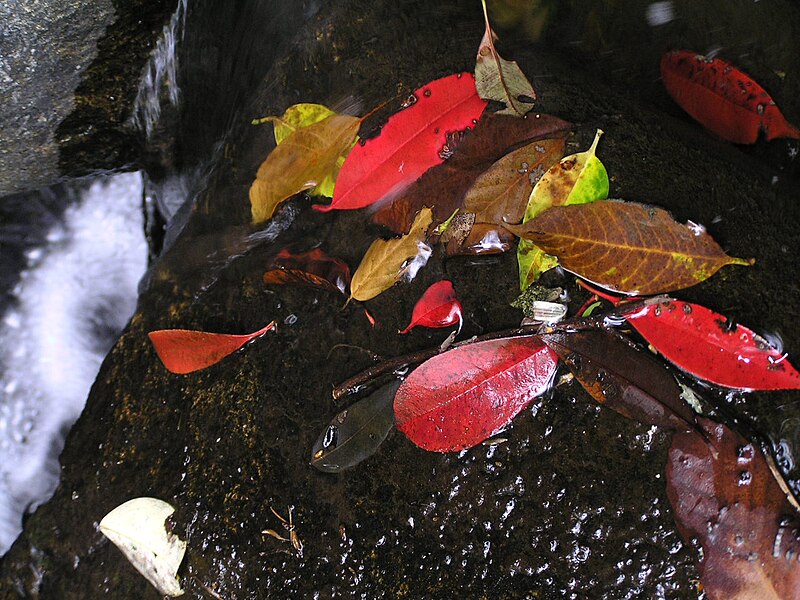You might wonder what on earth water snakes have to do with prospecting for gold; well they live around water in lakes and streams, so doe’s placer gold. The watersnake that is found in the north isn’t poisonous unlike the southern water moccasin that is also called the cottenmouth because of the white lining in their mouths. Even though watersnakes aren’t poisonous about the last thing you want to do is stumble on one of these critters when you don’t expect them.
To my surprise I found that Nancy Twinkie lived just a little over a mile from where my house was, so on the following Saturday morning I picked her up at her house to take off on a day of prospecting in the Berkshires of Massachusetts. After stopping for breakfast at the Farmington River Country Store in Otis, We continued north to a stream in Chester , Massachusetts
After parking the car on the south side of the stream we unpacked out gear; I brought along an extra shovel and gold pan for Nancy
After teaching Nancy
I jumped up to see what all the whooping and hollering was about when Nancy
After a while Nancy
That ended the gold prospecting for that day, so we climbed the mountain to look over some of the old mine dumps from one of the emery mines. The mines are located virtually under the powerline that crosses Rt. 20 just west of the center of Chester
The dumps yield several interesting minerals including corundum, chromite, emery and margarite. It was from the chromite produced from these mines that some chemist in developed “potassium chromate” that changed the tanning industry literally overnight in the late 1800s with the introduction of the chrome tanning process.
If you actually climb up to where the mine is located be very careful because the thing is like a giant ant lion nest; once you get onto the funnel shaped slope leading to the mine entrance it suddenly becomes a real chore to get out of the pit. For the amount of ore the mine produced it is apparent that when the mine was active there was some kind of works that made the mine accessible. Today any such works has long vanished leaving a slope that even trapped me taking over an hour to climb out of this ant trap. Be careful!
_-_Bald_Mountain_RA.jpg)

.JPG/800px-Igualada-Museu_de_la_Pell_(7).JPG)